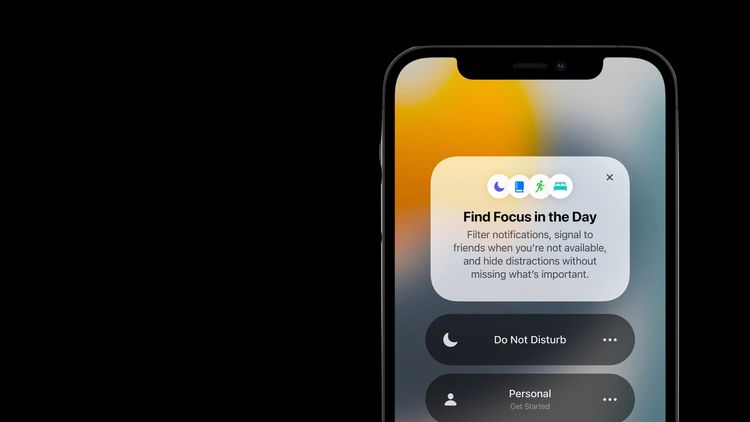Chrome on the Mac
I’ve been using Google Chrome as my default browser for some time. What amazed me from the start was the sleek interface. Getting rid of the extra menu bars was, in my opinion, one of the smartest design moves on a browser. The extra screen space was phenomenal, yes every little pixel of it. There were others, such as one single box (affectionately called the omni-box) for address and search (and admin options), but it was the overall interface and screen space that really caught my eye. Speed is also something I’ve enjoyed with Chrome. I honestly can’t really tell the difference between how fast a page loads against, say, Firefox, but the speed with which Chrome as an application operates – from starting up to opening tabs – is definitely an improvement over other browsers.
Chrome, for those who don’t know it, is based on an open source project called Chromium. As part of the Chromium project, Google has made the browser available on Linux and Mac platforms in line with the Chrome releases, as a developer edition. Ofcourse this meant that while its stability was not guaranteed, test versions of the browser have been available for some time. Last week, Google finally announced the release of the beta version of Chrome for the Mac. This finally puts Chrome into contention against Safari and Firefox on the Mac. In addition, Google has unveiled a larger and constantly growing extensions gallery, to rival Firefox extensions.
The question is then, can Chrome do what it did on the PC – move into the top 3 browsers in a year? Users are already raving about its speed, but stability is something that has to be proven over time. In addition, it seems that extensions are not yet available for the Mac, something Google will have to fix soon if they want to really sway hardcore Firefox users.
One thing’s for certain, IE is nowhere in the picture.



